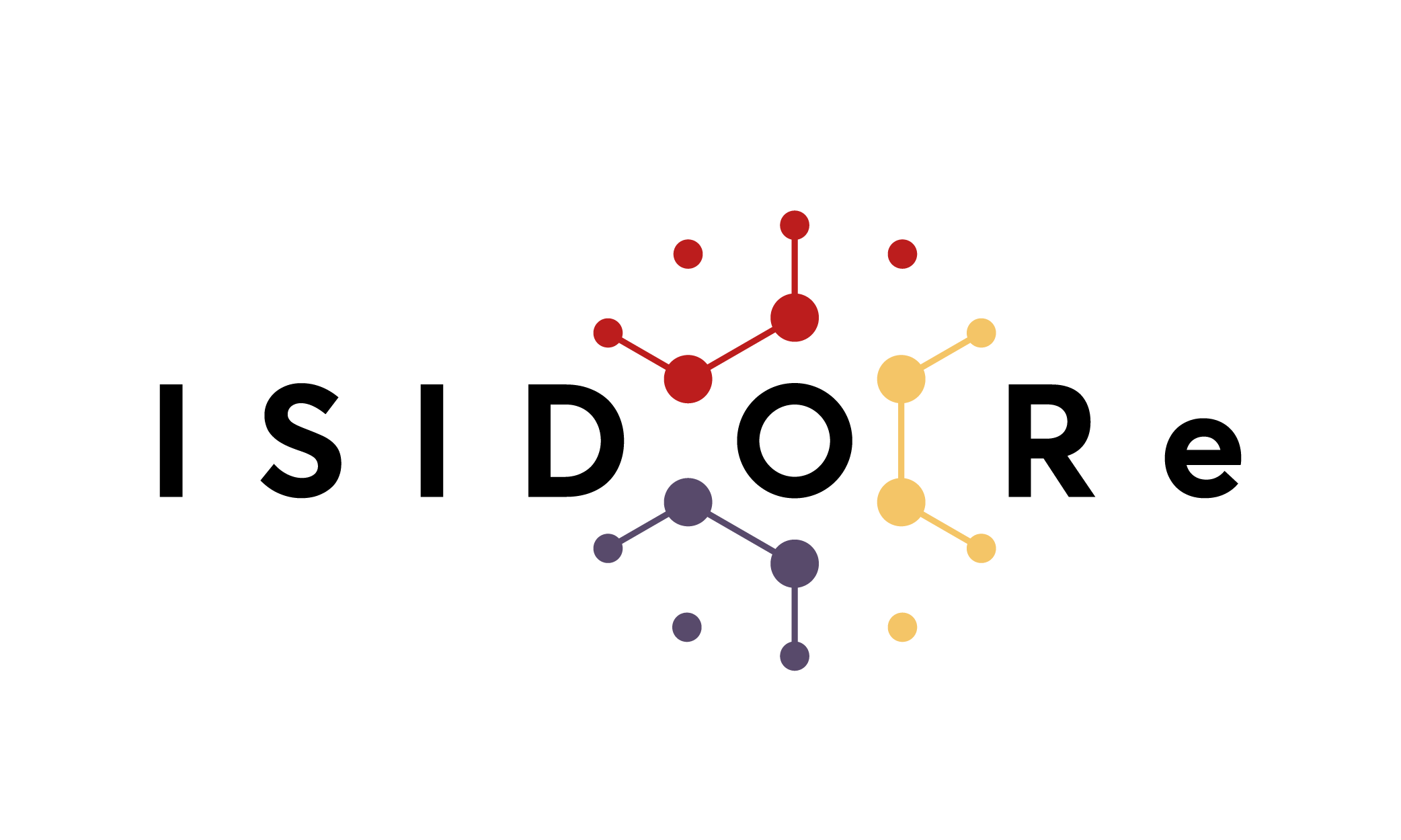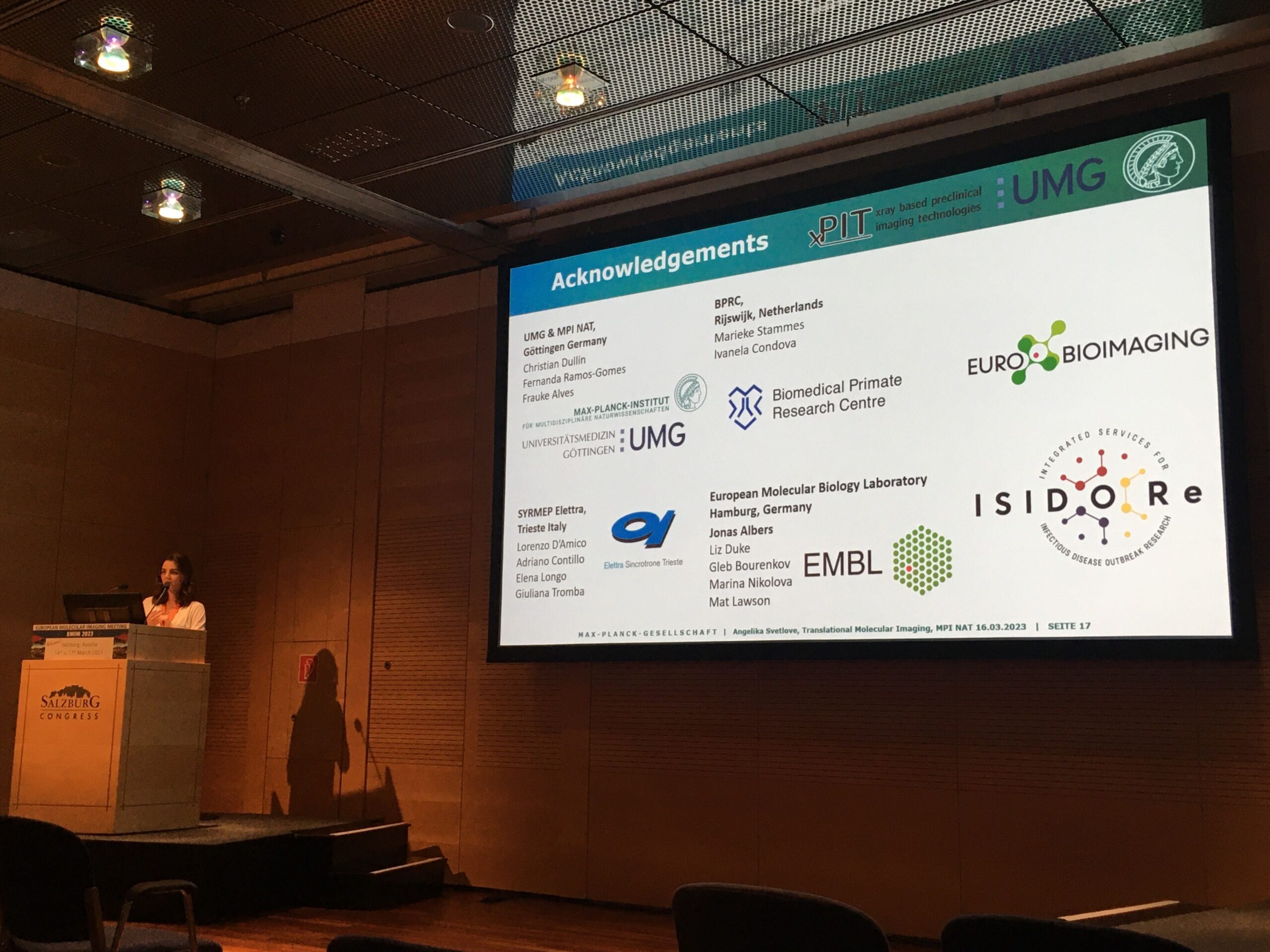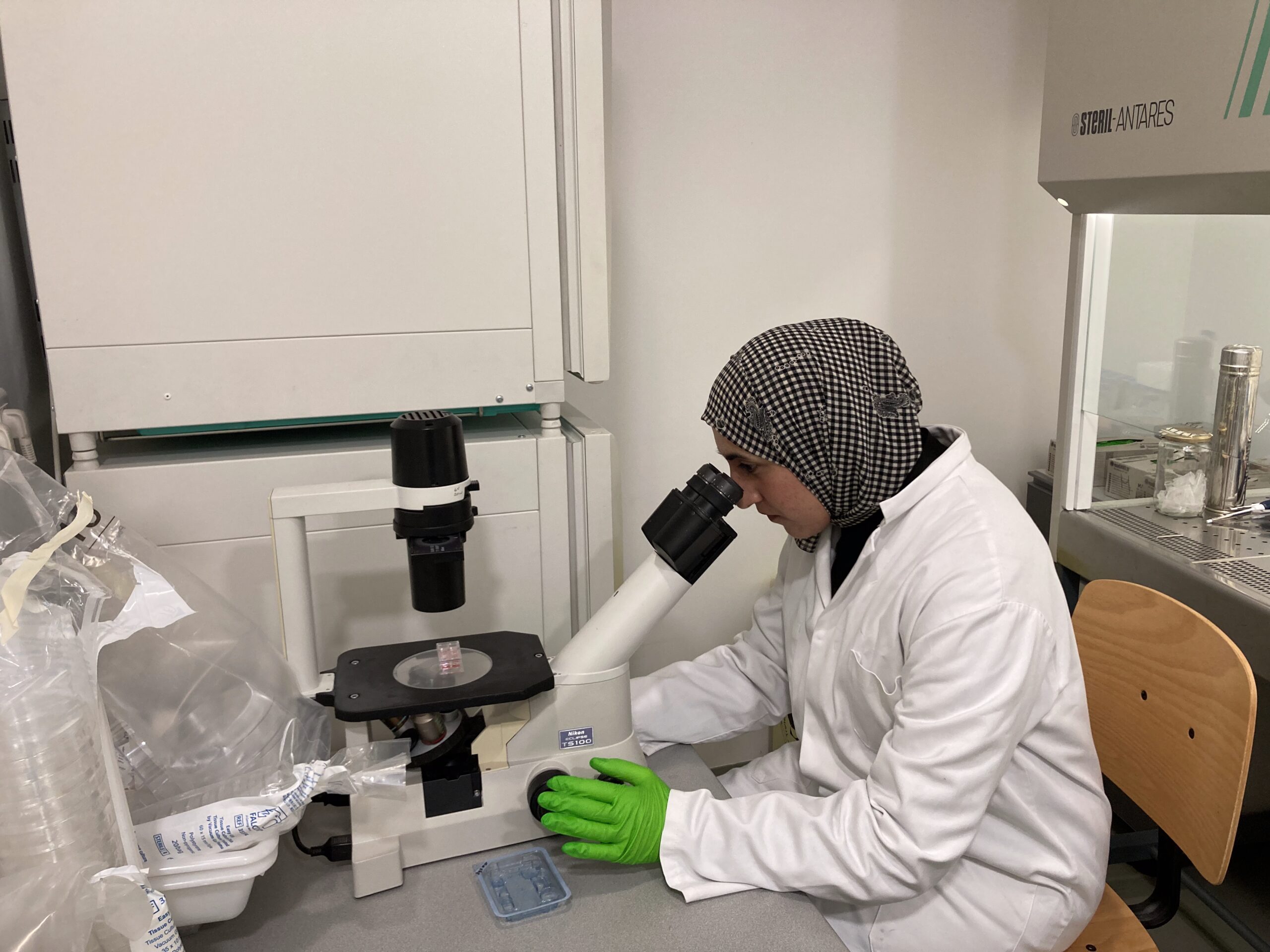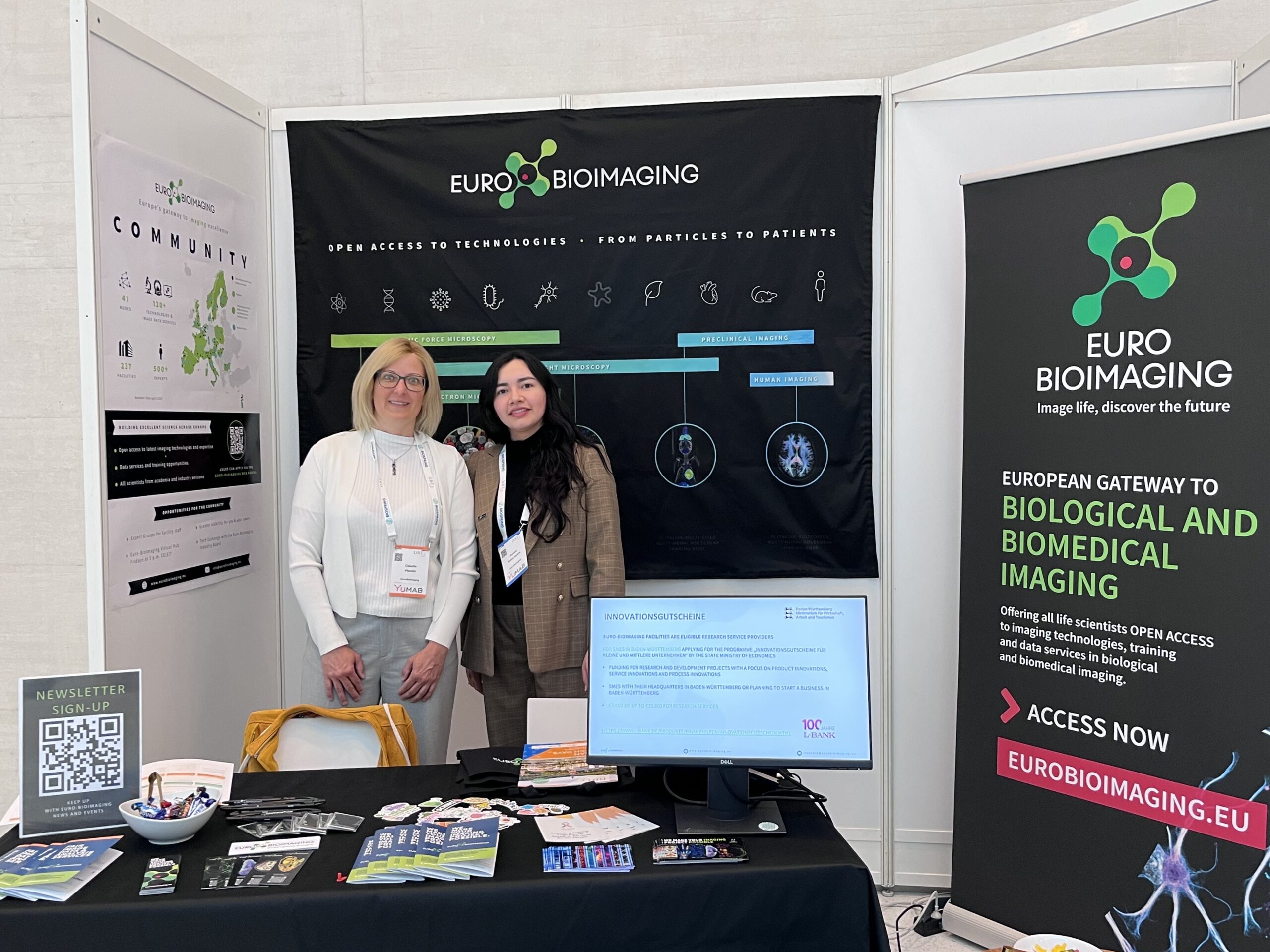
Multiscale multimodal 3D analysis of cardiovascular alterations/ structural features in a rhesus macaque monkey model for COVID-19
The ongoing COVID-19 pandemic is the biggest health crisis of the 21th century. Due to the extremely high number of infections, it is of utmost importance to better understand short and long-term consequences of the disease. Several investigation approaches have been employed to analyse COVID-19 related cardiac defects on different scales. So far, cell sequencing, transcript- and proteomics have provided invaluable insight into the disease. Additionally, 3-dimensional clinical imaging of the patient's hearts has shown to successfully detect functional abnormalities, although anatomical defects can only be discerned with poor resolution and on a larger scale. Nevertheless, it is currently still unclear which cardiac effects are directly caused by the viral infection and which are indirect consequences, it is further unclear how the preexistent conditions such as hypertension and heart failure contribute to the progression of the disease. A recent user project at the Phase Contrast Imaging Flagship Node in Trieste, supported by funding from the ISIDORe project through TNA calls, aims to shed light on these questions. Read the highlights below.

In order to understand at which scale the virus affects the tissues we perform multiscale imaging of the entire explanted SARS -Cov-2 rhesus macaque hearts. The hearts were provided by Marieke Stammes and her team at BPRC (Netherlands). Since the heart is a relatively large soft tissue organ, the method of choice for this investigation is computed tomography (CT). Clinically available CT devices lack resolution and are mostly able to perform attenuation imaging which does not generate sufficient contrast in soft tissue. Phase contrast tomography circumvents this issue but requires a bright coherent x-ray beam with sufficient propagation distance. Therefore, we performed hierarchical scanning at SYRMEP, Elettra (Phase Contrast Imaging Flagship Node Trieste) which has a flexible setup to complete multiresolution scanning with long propagation distances. The access to the node was kindly provided by Euro-Bioimaging and funded by the ISIDORe Project.
The acquisitions were performed with the organs suspended in 99% ethanol solution and stabilized by sponges in a container (Fig 1B). First an overview scan was performed using a monochromatic beam setup (22 keV), with 10.7 meters of propagation distance and a final pixel size of 67 µm. The overview scan spanned the entire organ where the structures at low resolution in the context of the whole heart (Fig 1C, Fig 2A, B, C) could be explored. An area with a condensed myocardium was selected where to perform a further ‘zoom in’ at a higher resolution (Fig 1D,E). Subsequently we were able to register the high resolution scans to the overview scans to have a complete understanding of the structural alterations in the context of the entire organ.

From the overview scans, features such as ventricular wall thickness and lumen are accessible, additionally it was possible to examine the state of the valves. The high resolution CT scans provided with information on the fibers orientation and the occlusion of the micro-coronary vessels. Subsequent two-photon microscopy in the same area was performed by making a targeted cutting with the help of the 3D reconstructed volume. Image analysis for the comparison of normal and diseased tissues is ongoing.
User: Angelika Svetlove (Translational Molecular Imaging, Max Plank Institute for Multidisciplinary Sciences, Goettingen, Germany)
User profile: PhD in Molecular Medicine (2021- ongoing) PhD topic: 'Translational approaches in lung imaging' MPI NAT, Gottingen, Germany
Video supplement:
More news from Euro-BioImaging


